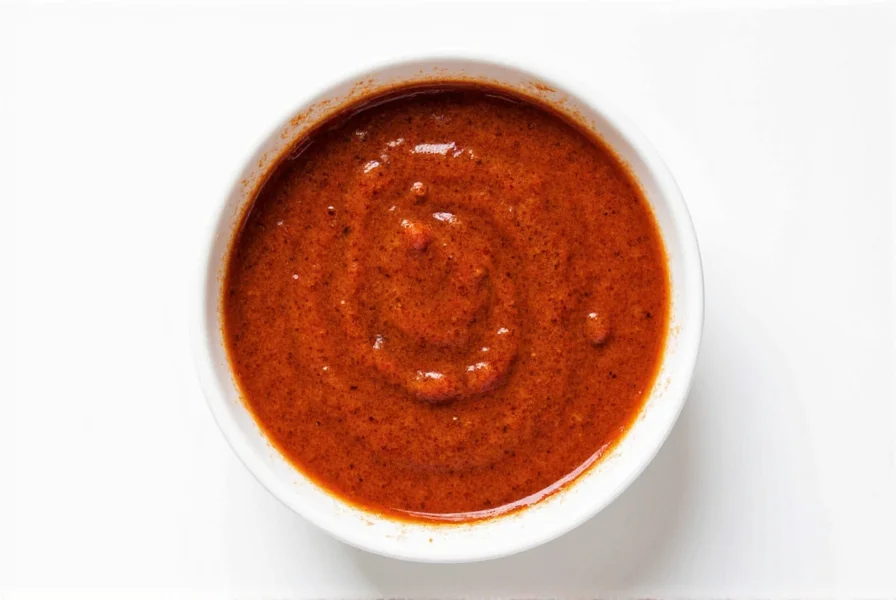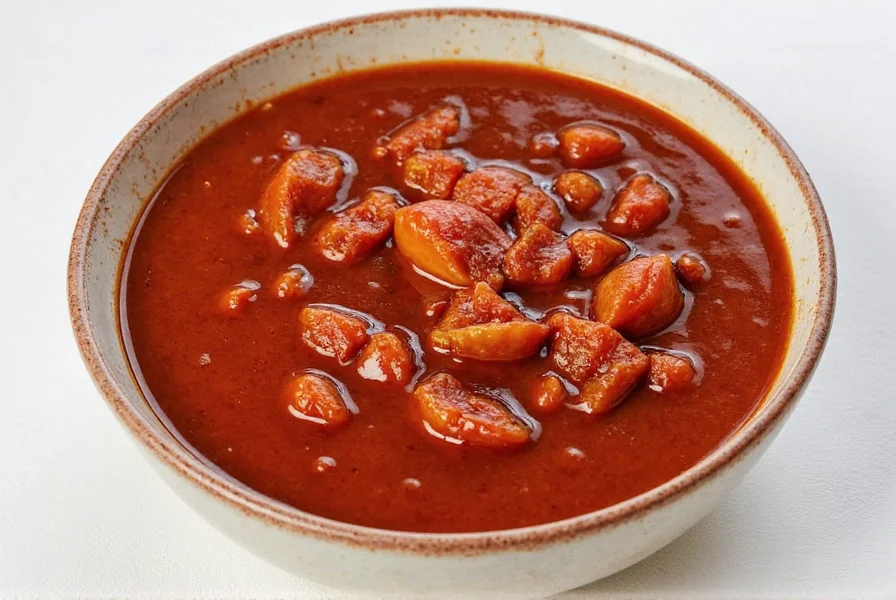Smoky, Spicy & Savory: A Guide to Chipotle Pepper in Adobo Sauce
Table of Contents
Introduction to Chipotle Pepper in Adobo Sauce
If you've ever had a smoky, spicy bite of food that left your taste buds tingling with delight, there's a good chance it was thanks to chipotle pepper in adobo sauce. This iconic ingredient is more than just a flavor enhancer—it’s a cultural symbol, a culinary powerhouse, and a must-have for any spice enthusiast or professional chef.

Derived from smoked and dried jalapeño peppers, chipotle peppers are typically packed in a tangy, slightly sweet adobo sauce. The result is a deep, complex flavor that can transform everything from tacos to soups, stews, and even cocktails. Whether you're a seasoned cook or just starting out, understanding how to use this ingredient will open up a whole new world of flavor possibilities.
Understanding the Flavor Profile
So what makes chipotle pepper in adobo sauce so special? Let’s break down its flavor profile:
- Smoky: The roasting process gives it that signature smokiness that lingers on the palate.
- Spicy: While not the hottest pepper, it offers a moderate heat that builds gradually.
- Tangy: The adobo sauce adds a bright acidity that balances the richness of the smoke.
- Savory: It has a depth that pairs well with meats, beans, and even vegetables.

| Flavor Component | Description |
|---|---|
| Smokiness | Deep, lingering, and rich |
| Heat Level | Moderate (around 2,500–8,000 SHU) |
| Tanginess | Citrusy and acidic from the adobo sauce |
| Savory | Umami-rich and robust |
Global Spice Traditions and Chipotle
While chipotle pepper in adobo sauce may be most commonly associated with Mexican cuisine, its influence stretches far beyond the borders of the Americas. In fact, the concept of preserving and enhancing chilies through sauces and spices is a global tradition.
For example:
- Mexican: Used in salsas, moles, and marinades.
- Indian: Similar concepts exist in spiced tomato pastes and chutneys.
- Thai: Chili pastes like pad kra pao reflect similar preservation techniques.
- Italian: Sun-dried tomatoes and chili-infused oils share some parallels.

Whether it’s in a taco, a curry, or a soup, chipotle pepper in adobo sauce is a testament to the universal love of bold, layered flavors. And while it may have roots in Mesoamerican cooking, its appeal is truly international.
Practical Tips for Using Chipotle Pepper in Adobo Sauce
Now that you understand the basics, let’s get practical. Here are some tips to help you make the most of this incredible ingredient:
- Use it sparingly: Chipotle is intense—start with a small amount and adjust to taste.
- Combine with other spices: It pairs well with cumin, garlic, paprika, and oregano.
- Try it in dressings: Mix it with olive oil, lime juice, and avocado for a creamy, spicy dip.
- Make a homemade adobo sauce: If you’re feeling adventurous, try making your own using fresh chipotles, vinegar, and spices.
- Freeze it: Use the leftover sauce to make frozen cubes for easy future use.

One of the best ways to explore chipotle is by experimenting with different dishes. Try adding a few spoonfuls to a grilled chicken recipe, a black bean soup, or even a baked potato. The versatility of this ingredient is one of its greatest strengths.
Buying Guide: How to Choose the Best Chipotle Pepper in Adobo Sauce
If you're ready to bring chipotle pepper in adobo sauce into your kitchen, here’s a quick guide to help you choose the right product:
Key Features to Look For
- Quality of Peppers: Look for plump, dark-colored chipotles with no signs of mold or dryness.
- Adobo Sauce Consistency: The sauce should be thick and glossy, not watery or overly thin.
- Ingredients List: A good adobo sauce should include vinegar, garlic, and spices—no unnecessary fillers.
- Packaging: Choose products in sealed cans or jars that preserve freshness and flavor.

Recommended Products
Here are a few popular brands that consistently deliver quality:
- Romi Chipotle Peppers in Adobo Sauce
- Features: Organic, no added preservatives
- Best For: Health-conscious cooks and those who prefer natural ingredients
- Use Cases: Salsas, marinades, and sauces
- Suitable Occasions: Casual meals, parties, and family dinners
- La Costena Chipotle Peppers in Adobo Sauce
- Features: Mildly spicy and versatile
- Best For: Everyday cooking and beginner chefs
- Use Cases: Tacos, chili, and stews
- Suitable Occasions: Weeknight dinners, potlucks, and gatherings
- Cholula Chipotle Pepper in Adobo Sauce
- Features: Adds a smoky kick without overwhelming heat
- Best For: Those who enjoy a balanced flavor profile
- Use Cases: Dips, sauces, and seasoning blends
- Suitable Occasions: Snacks, appetizers, and casual meals
No matter which brand you choose, the key is to find a chipotle pepper in adobo sauce that matches your taste preferences and cooking style. Don’t be afraid to try different ones and see which one becomes your go-to.
Conclusion
Chipotle pepper in adobo sauce is more than just a spice—it’s a gateway to a world of rich, smoky, and savory flavors. Whether you’re a seasoned chef or an amateur enthusiast, this ingredient offers endless possibilities for creativity in the kitchen.
From its origins in Mexican cuisine to its growing popularity around the globe, chipotle has become a beloved staple in kitchens everywhere. Its unique blend of smokiness, heat, and tanginess makes it a versatile and powerful tool for anyone looking to elevate their cooking.
So the next time you reach for a jar of chipotle pepper in adobo sauce, remember: you're not just adding flavor—you're bringing a piece of global spice traditions into your meal. And isn't that something worth savoring?












 浙公网安备
33010002000092号
浙公网安备
33010002000092号 浙B2-20120091-4
浙B2-20120091-4